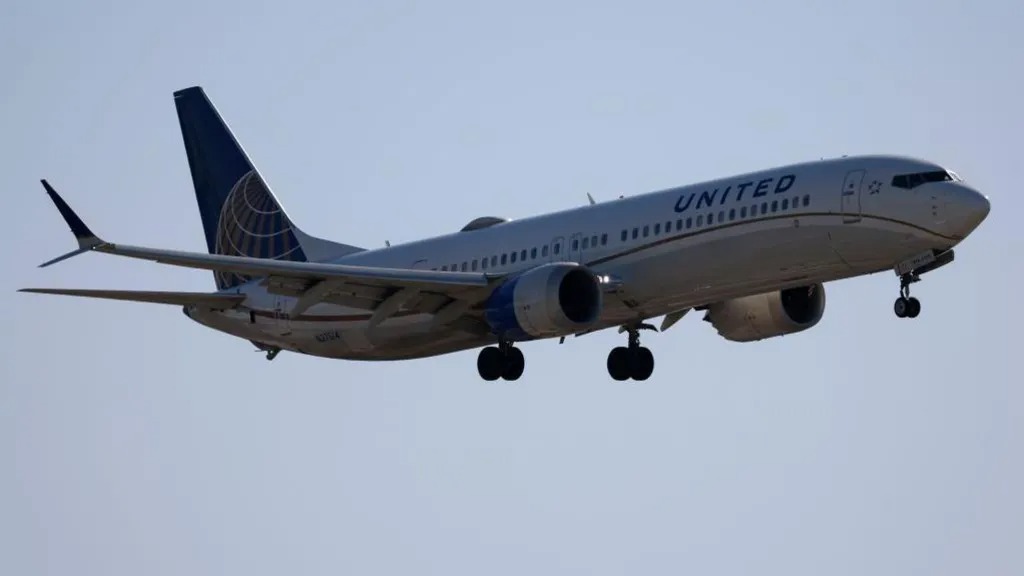The latest updates on Hurricane Milton, the fifth named storm to hit the US this year, including its impact and recovery efforts. Hurricane Milton has emerged as one of the most destructive hurricanes in recent history, leaving a trail of devastation across Florida.
This Category 4 storm made landfall with unparalleled ferocity, causing extensive damage to infrastructure, displacing thousands of residents, and wreaking havoc on the environment. In this blog post, we explore the significant impact of Hurricane Milton on Florida, examining the effects on communities, infrastructure, and the ongoing recovery efforts.
The Arrival of Hurricane Milton
On September 20, 2024, Hurricane Milton struck the Florida coast with sustained winds exceeding 140 mph. The storm surge and relentless rainfall inundated coastal cities, leading to widespread flooding and catastrophic damage. The eye of the storm made landfall near Tampa, but the hurricane’s extensive reach affected numerous communities across the state.
Infrastructure Damage
One of the most immediate and visible impacts of Hurricane Milton was the widespread destruction of infrastructure. Roads, bridges, and power lines were severely damaged or destroyed, leaving many areas inaccessible and cutting off essential services. The power grid took a significant hit, with millions of Floridians experiencing prolonged power outages.
Transportation networks were particularly hard hit. Major highways were submerged under several feet of water, while local roads were blocked by fallen trees and debris. Airports across the region were forced to close, further complicating evacuation and relief efforts.
Residential and Commercial Destruction
The storm wreaked havoc on residential areas, with thousands of homes damaged or completely destroyed. Coastal properties bore the brunt of the storm surge, while inland areas experienced severe wind damage. Many businesses were also affected, with structural damage leading to substantial economic losses.
The displacement of residents has been one of the most heart-wrenching aspects of Hurricane Milton’s impact. Shelters quickly reached capacity, and many families were left without a place to stay. The emotional toll on those affected is immense, as they grapple with the loss of their homes and uncertainty about the future.
Environmental Impact
Hurricane Milton’s environmental impact has been profound. The storm surge led to significant saltwater intrusion into freshwater systems, threatening local wildlife and ecosystems. Wetlands and marshes, which serve as natural barriers against flooding, were severely damaged.
Forests and green spaces were not spared either, with high winds uprooting trees and causing extensive deforestation. This loss of vegetation not only affects local biodiversity but also increases the risk of soil erosion and landslides in the future.
Economic Consequences
The economic impact of Hurricane Milton is staggering. The destruction of homes, businesses, and infrastructure will require billions of dollars in repairs and reconstruction. The tourism industry, a vital part of Florida’s economy, has also been severely affected. Many popular tourist destinations were damaged, and the disruption in travel and accommodations has led to a significant decline in visitors.
Agriculture, another key sector in Florida, has also suffered. Crop damage from flooding and high winds has resulted in substantial losses for farmers, affecting the food supply and local economies.
Community Response and Resilience
Despite the widespread devastation, the resilience and solidarity of Florida’s communities have been remarkable. Local, state, and federal agencies, along with numerous non-profit organizations, have mobilized to provide immediate relief and support. Volunteers from across the state and beyond have come together to assist with rescue operations, distribute supplies, and offer shelter to those in need.
Recovery and Rebuilding Efforts
Recovery from Hurricane Milton will be a long and arduous process. Initial efforts are focused on restoring power, clearing debris, and providing emergency assistance to affected residents. As immediate needs are met, the focus will shift to long-term rebuilding and resilience planning.
Significant financial aid from federal and state governments, along with insurance payouts, will be crucial for reconstruction. However, rebuilding efforts must also incorporate measures to enhance future resilience. Strengthening building codes, investing in flood defenses, and protecting natural barriers like wetlands will be essential to mitigate the impact of future hurricanes.
Lessons Learned and Future Preparedness
Hurricane Milton has underscored the importance of disaster preparedness and resilience. Florida must prioritize robust disaster preparedness plans, including efficient evacuation procedures, resilient infrastructure, and public awareness campaigns. Investments in infrastructure must aim at enhancing durability against extreme weather events, and preserving natural ecosystems can serve as vital buffers against future storms.
Conclusion
Hurricane Milton’s impact on Florida has been devastating, affecting countless lives and causing widespread destruction. As the state begins the long road to recovery, the lessons learned from this event will be crucial in shaping future efforts to protect communities and enhance resilience against natural disasters. By fostering community solidarity, investing in robust infrastructure, and prioritizing environmental conservation, Florida can better withstand and recover from the challenges posed by hurricanes like Milton.





One Comment to “The Impact of Hurricane Milton: A Comprehensive Analysis”